
Residential Properties and Reporting Form Types
New West Consulting, Inc. provides valuation services for residential properties. We possess the competency for almost all residential property types, from rustic mountain cabins to 15,000 square foot super-luxury homes; horse-properties to waterfront homes.
Moreover, all of our residential appraisals are either directly prepared or reviewed in-house by an appraiser that holds the SRA designation by the Appraisal Institute. We also cover much of the non-metropolitan areas of Arizona. However, we do by necessity, sometimes charge trip charges fees for the more distant locations from our office in Mesa, Arizona.
Standard Production Homes (SFRs)
These types of homes are constructed by production builders who build-out entire subdivisions or even entire master-planned communities. It is also common for land developers to work in conjunction with production home builders to develop.
There are usually a number of set building plans for buyers to chose from; with the buyer able to make some minor changes to these plans. The builder will also choices for appliances, countertops, floor coverings, cabinetry and other fixtures at different price points. Although these communities result in a greater degree of conformity; individual buyers can still “over-improve” their home purchases through excessive options choices.
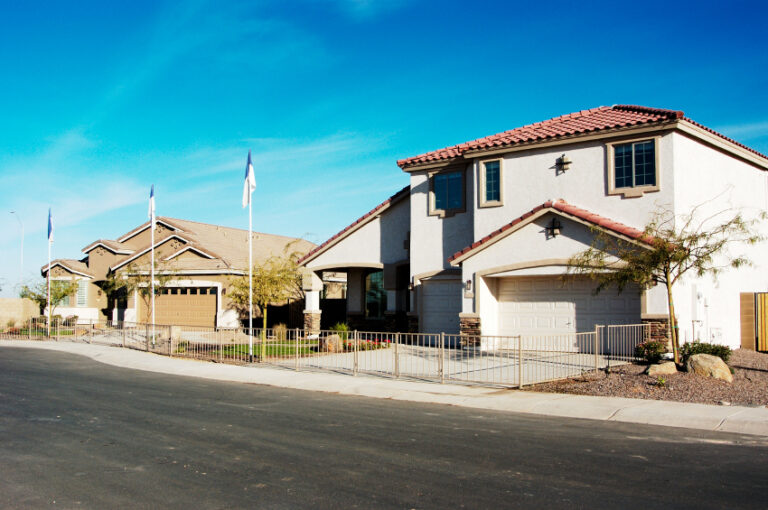
Semi-Custom and Custom Homes
Custom homes typically refer to houses that are built one at a time for owner occupancy on an owner’s land or lot. These homes are typically built on a contract basis, whereby the builder doesn’t hold ownership of the structure during construction.
A semi-custom home is typically built on the owner’s land. or reflects a lot that is sold by the general contractor, prior to start of home construction, using plans supplied by the contractor; however, these “base” plans may still be highly modified.
Additionally, semi-custom homes may also include those houses built by individual home builders for the purpose of sale to the public. These are usually called “spec” homes. The build quality of semi-custom and custom homes is usually superior to a typical production home.

Luxury and Super-Luxury Homes
The term “luxury home” is often used loosely, making it somewhat difficult to define. However, most market participants view a luxury home as a high-end property is large, well-built, and has many upscale amenities and unique architectural details. Additionally, luxury homes are often located in prime areas and/or on lots with special view amenities, such as mountain vistas or elevated panoramic views. They are also typically priced in the top 10% of the local housing market.
Super luxury homes are the most expensive homes in their market areas, with exceptionally high-end materials, large living areas with detached casitas, high-end swimming pools and spa, outdoor kitchens-entertainment areas, special-purpose rooms, full wine cellars, fitness rooms, and home theaters. These properties offer elegant interior designs, architectural flourishes, and specialty fixtures.
Although super luxury homes may be clustered together, they typically represent the top 1-2% of the local housing market. It is recognized that super luxury homes may comprise a larger percentage of total homes in communities, such as Beverly hills and Palm Beach.

Horse Properties or Ranchettes
Arizona horse properties are residential properties that are also used for keeping horses These properties can range from an acre to large estates, and many include stables, corrals, and other structures for horse care. Potential buyers should verify the zoning and/or deed restrictions that allows for keeping of horses. Some horse properties has restrictions on the number of horses that may be keep at a time and/or prohibitions against the boarding horses owned by others.
A ranchette is a small ranch, usually 40 acres or less that is situated in a low-density suburban district or rural area. In some Arizona counties 40-acre parcels (per zoning) serve as a buffer between open range land and more densely developed suburban areas. Ranchettes typically includes a site-built or a manufactured home and horse facilities. Manufactured homes are common because of the increased building costs associated trip costs for labor and materials.

Vacation-Second Homes
A sizable number of residents living in Arizona’s metropolitan areas own cabins and second-homes in the cooler mountain zones of the state. Elevations above 5,000 feet are preferred. Show-Low and Lakeside-Pinetop offer two season recreation (snow skiing and other winter sports; summer months offer hiking, fishing, and hunting during season). However, other mountain zones usually “close down” for the winter months.
Additionally, the desert southwest portions of Arizona exhibits a counter-seasonal trend whereby winter “snowbirds” from northern states and Canada spend their winters here. There are some large-scale developments and entire communities that go “dormant” during the hot summer months.
This seasonal occupancy impacts the marketing and sales of these vacation-second homes, with sales activity slowing significantly during the off-seasons. Many prospective sellers take their homes off the market during the off-season to avoid the local MLS systems from reported an extended time of the market.
Importantly, the market for vacation-second homes is more volatile when compared with homes occupied on a year-round basis. Shifts in the economy, either up or down, are magnified for types of properties.

Water Front Homes
Some Arizona master-planned communities feature small, man-made lakes with shorelines intended for residential development. It doesn’t require specialized appraisal knowledge. A simple extraction analysis (comparing sales with and without lake frontage) can measure the contributory value of such frontage (similar to golf course lots).
Instead, this property type covers those homes and lots that situated on the waterways of Arizona. In contrast to eastern states, most land situated along waterways in Arizona is owned by various government entities or Native American communities. Thus, the supply of privately owned waterfront land in Arizona is actually quite scarce.
Moreover, there are clusters of development , such as the Parker Strip along the Colorado River. On Holiday weekends, this unincorporated community becomes party central with boaters from both Arizona and California. Many of the water front properties located in the Parker Strip are rented either on a short-term vacation rental basis or on a monthly or seasonal lease. Thus income analyses are required for many homes in this community.

Historic Homes
The most significant historical homes date to the territorial years of Arizona, with Arizona becoming a state in 1912. However, some homes built in the 1920’s and 1930’s may also be considered as historic, if the design and/or construction is noteworthy.
Moreover, some mid-century modern homes also have sufficient design characteristics to be classified as a historical property. In order for a residence to even be considered for historical status, the house must be at least 50 years old.
Buyers of historic homes typically value preservation and architectural authenticity. Understanding the motivations of buyers and sellers is key for the appraisal of historic properties. Additionally, when valuing a historical home, an appraiser must account for any preservation restrictions on the property.
A market analysis and a comprehensive highest and best use analysis are many times required, especially with a focus on “what is legally permissible.” Additionally, the special costs associated with renovation, while still conforming to preservation requirements must also considered under the H&BU “test” of feasibility.
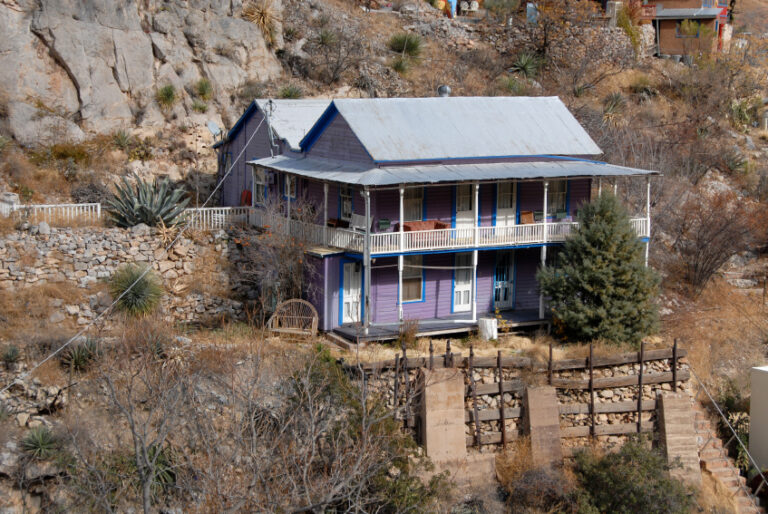
Manufactured Homes
Manufactured homes are prefabricated homes that are built in factories and then transported to their final location. They can be permanently attached to a property with a foundation.
Importantly, the HUD Code of 1976 resulted in a transition from “mobile homes” to “manufactured homes.” Prior to 1976, mobile homes were built to local codes which varied by state. In contrast, manufactured homes built after 1976 are built to Manufactured Home Construction and Safety Standards (HUD Code).
These standards cover many aspects of the home, including construction, fire sire safety, energy efficiency, and other factors. Additionally, Government-Sponsored Enterprises (GES) will only purchase loans for manufactured homes that are permanently affixed to a foundation on a an owner-site.
It is important for your appraiser to possess the specialized knowledge necessary to value this property type.
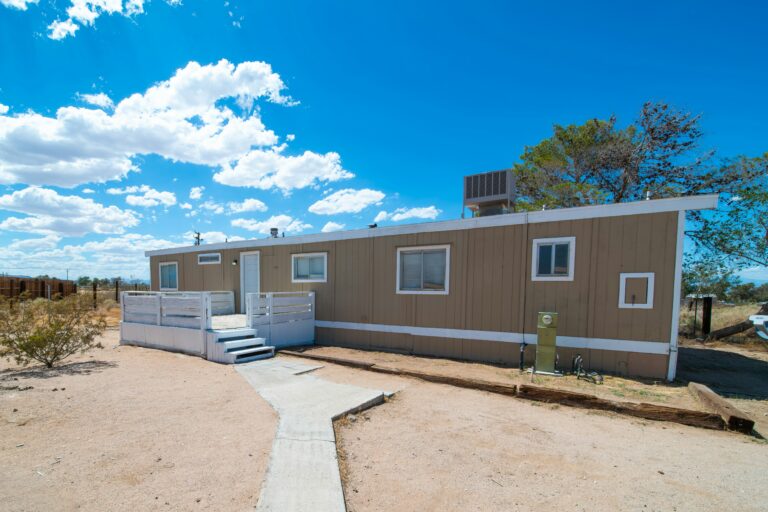
Tiny Homes
Tiny homes represent a smaller alternative to the traditionally large American-style home. Taking up less land, resources, and money to build, the tiny is an increasingly popular choice for budget-minded and environmentally conscious people.
Typically tiny homes are between 100 and 400 square feet. However, there isn’t a set standard; nevertheless, a tiny rarely exceeds 500 square feet.
Presently, most tiny homes are built on trailers with wheels. This type of tiny home doesn’t qualify for traditional home loans. Even those tiny homes that are placed on individually- owned lots with foundations will not qualify for loans by many lenders.
Many current zoning laws require minimum gross living areas that effectively prohibit tiny houses. However, tiny houses can sometimes be classified as Accessory Dwelling Units (ADU’s). Still this classification as an ADU would require a larger house on the same site.
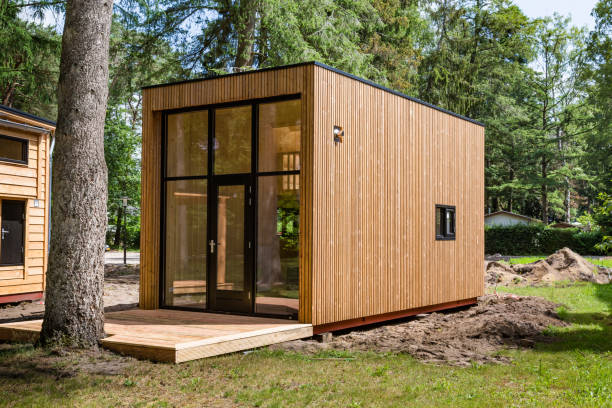
Rural Sited Homes
A “rural property” for valuation purposes is usually defined as a property that is situated within an area of open spaces and/or districts with low densities of development or population. Although residential-type horse facilities may be included for this property category, it excludes properties intensive with agricultural uses (ranching/crops), i.e., working farms. Also, availability of utilities may be quite limited.
Appraisals of rural properties can be challenging to perform. A scarcity of comparable sales, some with extended timing between the sales date and the current date of appraisal. Other Market data is usually limited requiring collection of sales, listings and other market data across an expansive geography. This typically results in more time required and extended drive-times to view comparable sales data.
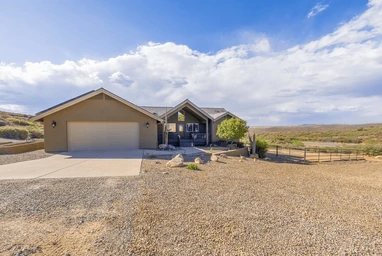
Residential Lots and Land
This property category reflects individual finished residential lots and unimproved land intended for a single-family residential. Important physical characteristics include locational factors that include view amenities, size, frontage, depth, zoning and deed restrictions, availability of utilities, and any environmental factors.
Other important factors, any recorded covenants, conditions, and restrictions (C.C.&R’s.), HOA’s and their fees. Potential adverse environmental factors include items such as flood zones or drainage, soil quality, nearby airports/flight paths, freeway/highway noise, nearby industrial or other adverse land uses.
Further salient characteristics of lots and land includes the potential or timing of development or use, market conditions, economic trends, and investor sentiment.
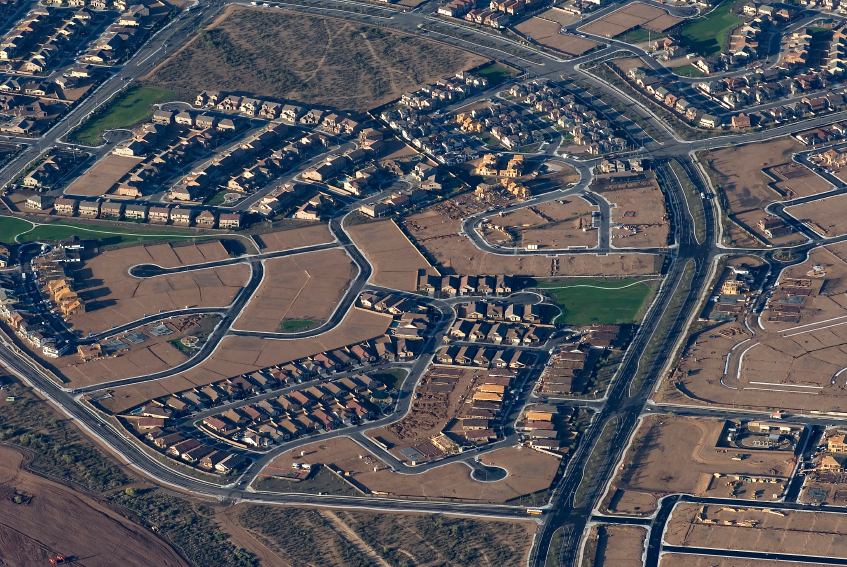
Complex Residential Properties
Complex residential properties generally place within three broad categories:
- Atypical improvements
The physical characteristics of the property differ materially from other properties, or an “oddball” for the market area. Many properties in this categories exhibit various forms of functional obsolescence.
2. Unusual market conditions
Market conditions may make a property complex and increase the difficulty level of the appraisal. Examples include unsustainable “bubble markets, or highly volatile price changes, markets with no sales of properties that are comparable to the subject. A market in severe decline as the result of a housing bust or a sharp loss in local employment, i.e., plant closings or an adverse shift in commodity prices (mining).
3. Uncommon Ownership Issues
The ownership interest being valued is something other than a fee simple interest, or subject to a typical residential lease; a partial ownership interest, leasehold estate or sub-leasehold estate in a market area where such interests are scarce or non-existent. Adverse access issues, such a beach front view property with no direct access to the beach, or access to a nearby road.



Although New West Consulting does offer narrative type appraisal reports for residential properties, most residential appraisals are reported using standardized forms promulgated by the GSE’s (Fanny Mae and Freddy Mac).
There are many appraisal forms because each one serves a specific purpose. The following is a list of the different types of appraisal forms that appraisers typically use for residential properties. The most commonly used form is the 1004 (URAR) for single-family residential homes. There are two newer forms (2020 and 2022) that have been added to the list appraiser. They are the 1004 Desktop and 1004 Hybrid appraisal forms. There is some controversy within the appraisal industry because of their lack of inspection and reliability on third-party provided data
1004 (URAR) SFR
Used for traditional appraisals of one-unit properties and units in PUDs, including those with accessory dwelling units (ADUs) based on an interior and exterior on-site physical inspection. This is the most commonly used form for valuing single-family homes.
This form is not meant to be used for appraisals of manufactured homes or condos.
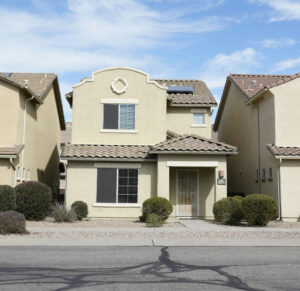
1004 Desktop
This form is used for appraisals of one-unit properties and units in PUDs, including those with an accessory dwelling unit (ADU) that are not based on an interior and exterior on-site physical inspection.
Property data may be provided by various parties (buyer/seller agent, homeowner, builder, appraisal files etc.) and through secondary data sources (public records, MLS, internet, etc.)
The appraiser must have sufficient information to develop a credible report.
Data provided by parties with a financial interest in the sale or transaction. Financing of the subject property must be verified by a disinterested source.
This type of residential appraisal may shorten appraisal turnaround times and lower costs.
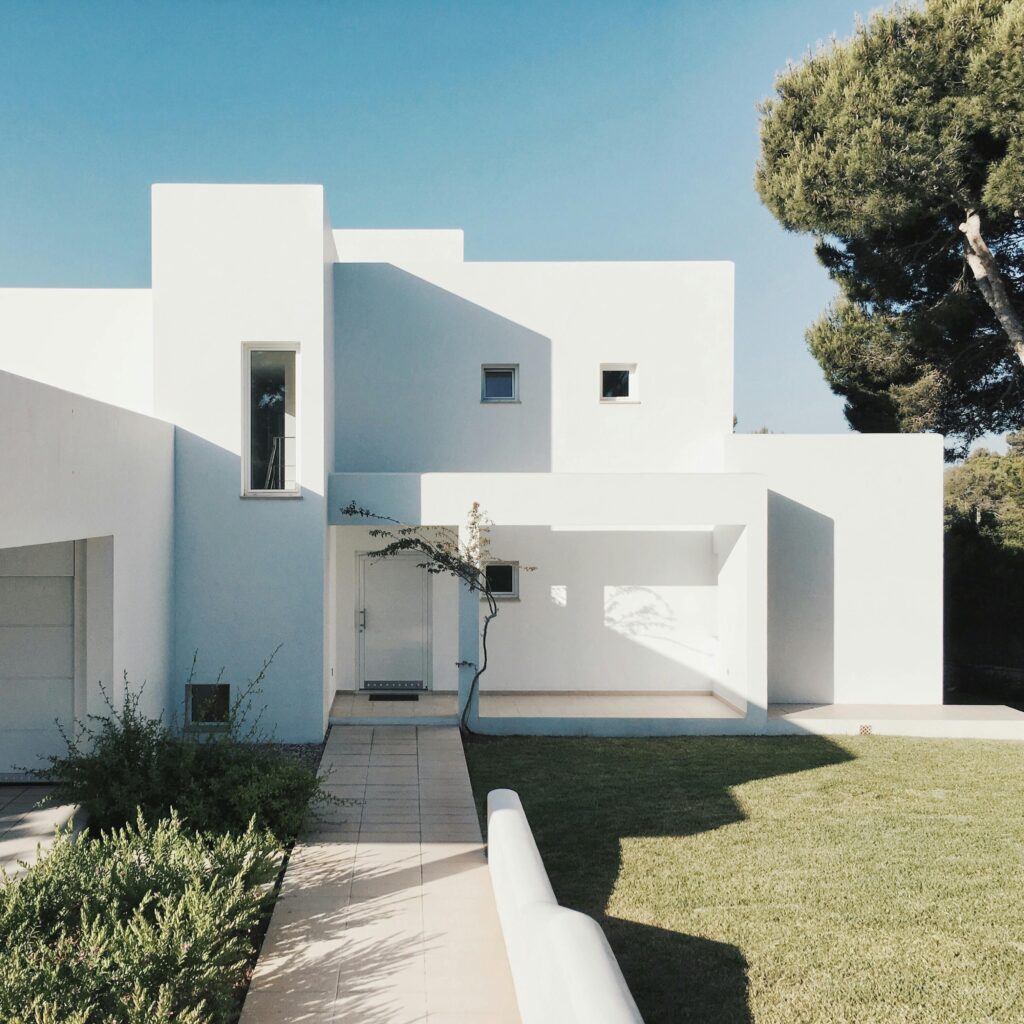
2055 Exterior Inspection - SFR
Form 2055 is designed to report the results of an appraisal of a one-unit property, including a unit in a Planned Unit Development (PUD), Detached Condominium Unit or a one-unit property with an accessory unit (ADU). An exterior-only inspection of the subject property is required.
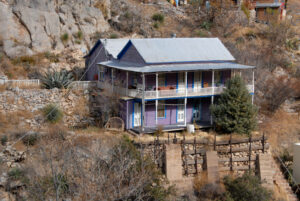
Desktop Appraisals
A desktop appraisal is a property valuation that is completed at the appraiser’s desk, using third party data such as tax records or information listed on the multiple listing service (MLS), instead of an interior/exterior inspection of the property.
However, the desktop appraisal must include a floor plan with interior walls and exterior dimensions.
The appraiser must have sufficient information to develop a credible report.
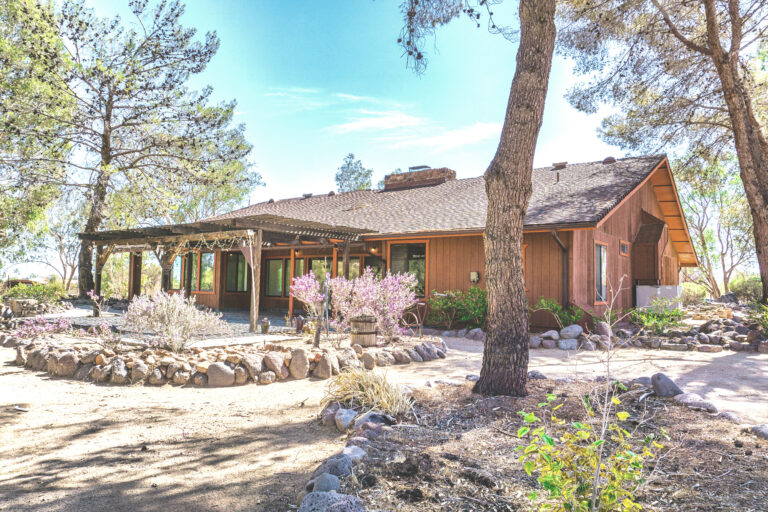
Data provided by parties with a financial interest in the sale or financing of the subject property must be verified using a disinterested source
2000 Field Review
The Residential Appraisal Review Report (Form 2000) is used to review a one-unit property such as a detached or attached single family home, manufactured home, condominium or co-op.
A field reviewer visits the subject and comparable properties. The evaluator must disclose if they completed an interior inspection (an exterior inspection of the subject is required) The sales are researched by the field reviewer and used in the report to check if the sales used were the best ones.
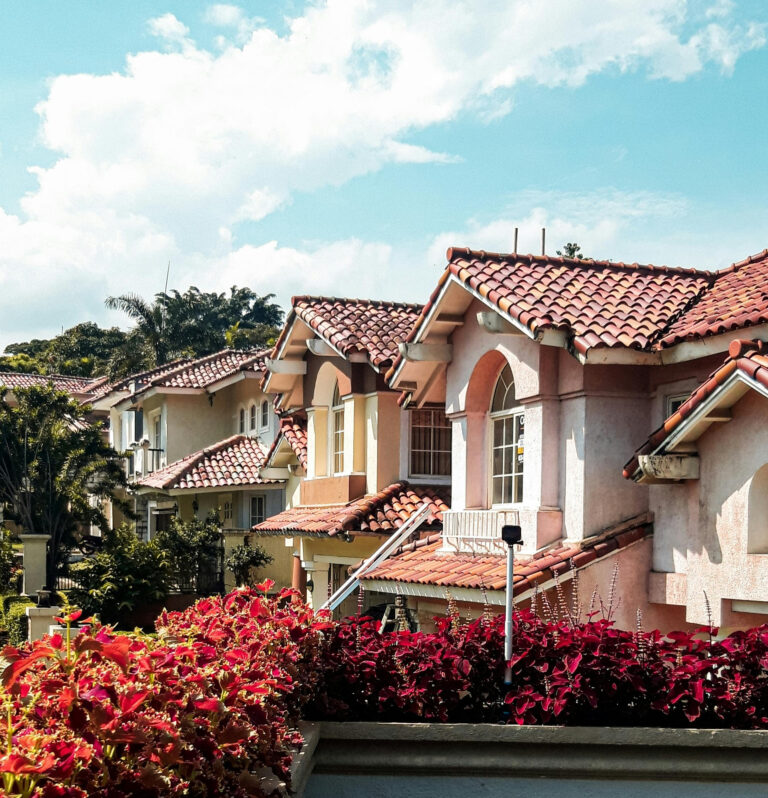
Additionally, the field review appraiser must verify the data presented in the original appraisal report using all reliable sources.
Desk Review Standard/Enhanced
A “desk review – standard” refers to a basic evaluation of documents and data related to a subject, typically conducted without a physical site visit, while an “enhanced desk review” involves a more thorough analysis, potentially including additional data sources, deeper scrutiny of details, and may even involve limited contact with relevant individuals to gain further clarification, all still primarily done through document review without a site visit.
A standard desk review focuses on verifying the credibility and methodology used in the original document or report. Primarily examines readily available data and documents. This review type may be used for routine compliance checks or initial assessments.

The enhanced desk review goes beyond the standard review by investigating more complex aspects of the subject property. It may involve contacting additional individuals for information or clarification. This review may include detailed analysis of data, calculations, and potential risks.
1004C Manufactured Home
The 1004C Manufactured Home Appraisal Report is a form used by appraisers to develop opinions of value for manufactured homes. It’s used for both lending and insurance purposes.
HUD developed requirements and standards for manufactured homes, commonly known as the “HUD Code” (effective June 1976). Homes built prior to this date are referred to as “mobile homes.” These older homes are not suitable for secondary lending by government-sponsored enterprises (GSEs). Additionally, qualifying manufactured homes must be sited on fee or “owned” land.
Appraisals on the 1004C form may also used for MH Advantage properties. Importantly, modular homes are typically valued using the 1004 URAR form.
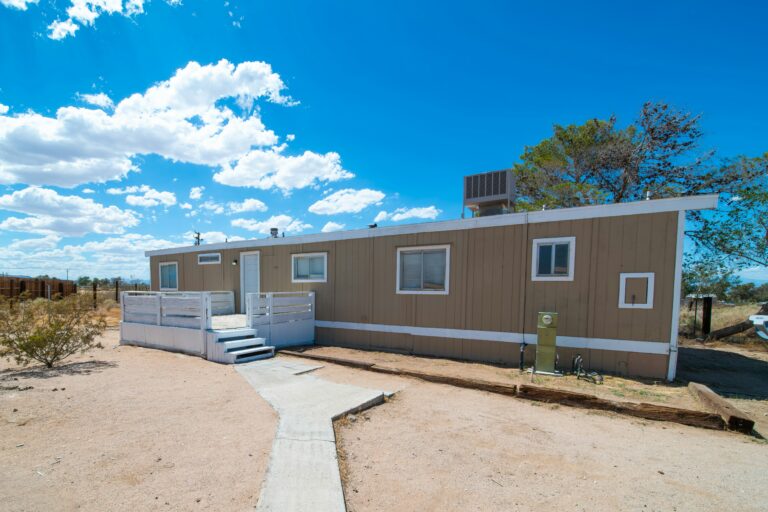
The valuation principles for appraising manufactured homes are essentially the same as for other types of residential property. However, not all appraisers are knowledgeable and experienced about the unique construction process, as well as the manufacturers’ and federal, state, and local requirements for both construction and installation.
The appraisal staff of NWC have the necessary experience and education to competently complete valuations for manufactured homes.
1073 Condominium
his report form is designed to report an appraisal of an individual unit in a condominium project or a condominium unit in a planned unit development (PUD). This report form is not designed to report an appraisal of a manufactured home or a unit in a cooperative project. This form is for an interior and exterior inspection of the condo unit.
Additionally, appraisers must analyze unit fees and investigate if there are any outstanding special assessments.
Obtaining a copy of the condo project’s current budget and past expense histories. It is important to ascertain if the project’ association has adequate reserves to handle a large emergency expense.
If the project’s reserves are underfunded, large special assessments may be necessary. This could financially stress condo project owners, especially those on fixed incomes.
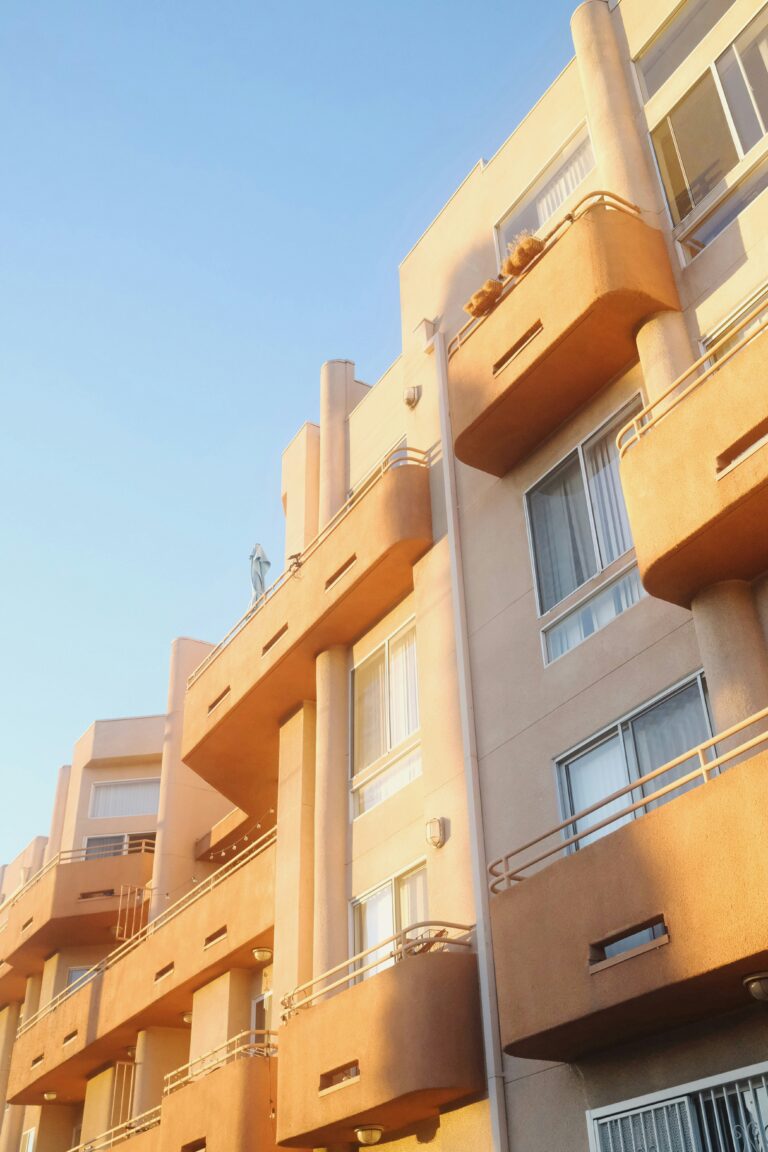
Although not physically visible, significant shortfalls in a condo project’s reserves or unpaid special assessments may have a material adverse impact on marketability and achievable selling prices.
The appraisers of NWC recognize the special characteristics of this property type and reflect them in their analyses.
1075 Exterior Inspection - Condo
The 1075 form is an appraisal form used by appraisers to value an individual condominium unit. This form is for an exterior-only inspection of a condo. This form was developed by Fannie Mae and Freddie Mac in 2005 for use in conventional lending purposes.
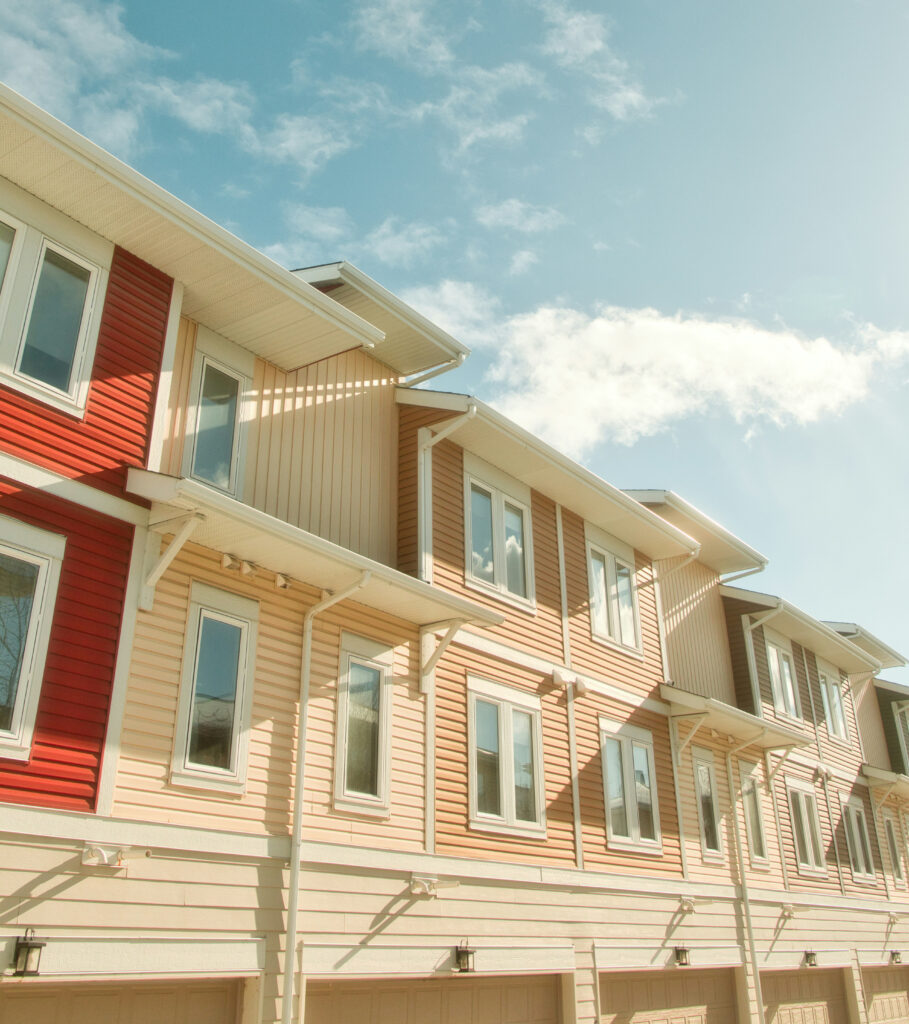
1073H Individual condo Hybrid
In a hybrid appraisal, a third party inspector typically conducts an full interior and/or exterior inspection of the property to assess its condition and surroundings. They then use digital tools and data sources, such as public records and comparable sales data, to analyze and determine the property’s value.
This particular hybrid appraisal is intended for use in the valuation of an individual condominium unit.
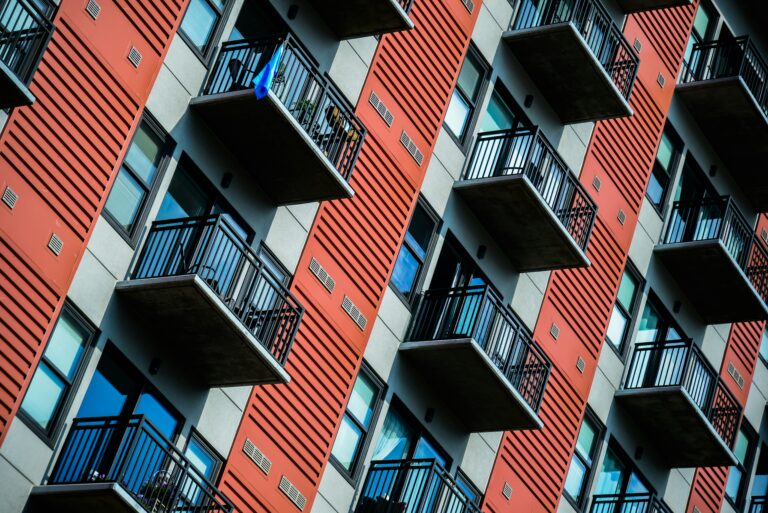
1025 Small Residential Income Property
A 1025 appraisal is a Small Residential Income Property Appraisal Report that develops an opinion value for a property with two-to- four housing units. It’s used for traditional appraisals of properties that are owner-occupied or income properties. This appraisal form also includes a comparable rent schedule.
An important component of the 1025 appraisal is the appraiser’s consideration of the subject property’s rental income with a comparison of the rents derived from the comparable rent schedule, with concluded market rents
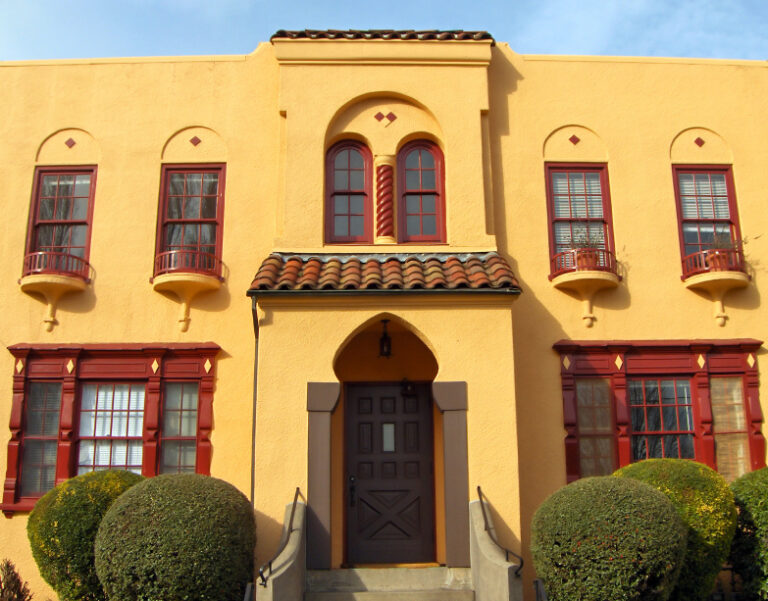
The 1025 appraisal is based upon interior and exterior property inspections. For investment/ income properties, the 1025 Form will be accompanied by a Form 216, Operating Income Statement.
Ancillary Forms - 1004D, 1007, 216, 2090
Form 1004D – This is a combination form and replaces the Appraisal Update and the Completion Certificate. Form 1007 – Single- Family Comparable Rent Schedule,
Form 216 – Operating Income Statement; This form is to be prepared jointly by the loan applicant, the appraiser, and the lender’s underwriter.
Form 1007 – Single-family Comparable Rent Schedule. A form 1007 appraisal helps residential appraisers estimate the market rent value of a single-family rental unit by comparing and analyzing the subject’s contract rents.
The appraisal form used for a co-op property is typically called the “Individual Cooperative Interest Appraisal Report” (Form 2090) according to Fannie Mae guidelines; this form requires details about the co-op corporation’s blanket financing and the pro rata share attributable to the subject unit
New West Consulting provides reliable and accurate valuations across the state of Arizona, including its smaller communities and rural areas. Our team of appraisers, together, possess the property experience and especially the geographical competencies necessary to cover our large service area. Give us a call for your next appraisal.
Trust New West Consulting for Complete Residential
Real Estate Valuation Services in Arizona